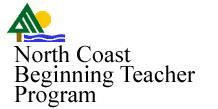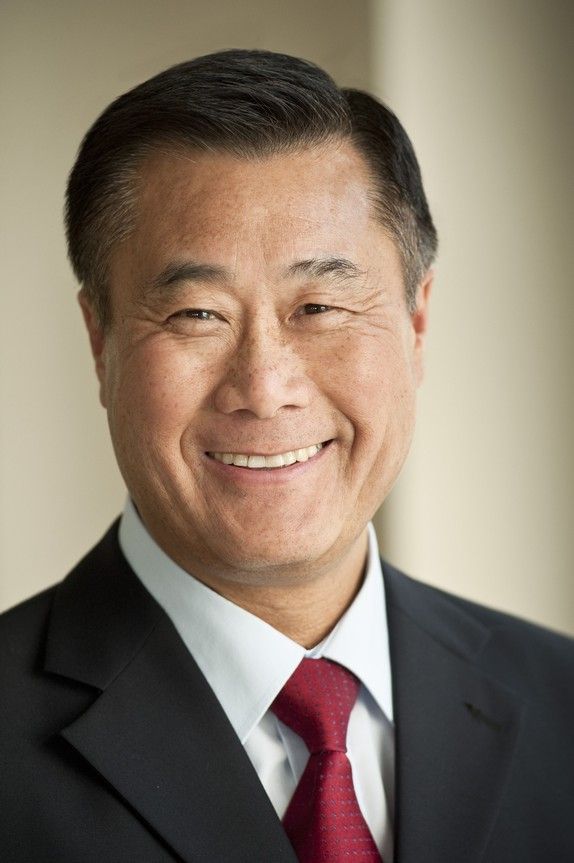 How about using the heat from the Earth’s core to power your home? Guess what: you already are. Solar, wind and water power are the big three natural and sustainable sources for electric power, but the North Bay also benefits from a fourth—geothermal energy.
How about using the heat from the Earth’s core to power your home? Guess what: you already are. Solar, wind and water power are the big three natural and sustainable sources for electric power, but the North Bay also benefits from a fourth—geothermal energy.

The geological conditions that allow access to geothermal heat and steam are scattered in just a few areas around the world, almost always where the subterranean slabs of planetary rock known as tectonic plates are moving against each other. Bruce Carlsen, Calpine’s Director of Environmental Health and Safety at The Geysers, explains the underlying forces.
The same conditions often create numerous hot springs and can be a source of seismic activity—as is also the case in the North Bay. But while earthquakes can alter the flows that feed hot springs, Carlsen explains that the deeper strata that feed geothermal steam fields are not affected.
 The Geysers is by far the biggest geothermal generating facility in California, but Carlsen says there are some other locations that could be developed to make a smaller contribution to the state’s energy needs.
The Geysers is by far the biggest geothermal generating facility in California, but Carlsen says there are some other locations that could be developed to make a smaller contribution to the state’s energy needs.
Bruce Carlsen talks about geothermal energy in Sonoma County at an informal potluck gathering at the Glaser Center in Santa Rosa on Aug. 31, 5:30-7:30 p,m, co-hosted by the Climate Protection Campaign.

For school teachers, as in many other professions, there’s no substitute for hands-on experience. But there are ways that experience can be shared, as new teachers in California are learning.


There are 560 new teachers currently in the mentoring program, Muelrath adds, a higher-than-usual number that reflects some of the uncertainties that school districts face in preparing their budgets without a state budget in place.
The area served by the North Coast Beginning Teacher program are shown in color on this map.
Calls for greater transparency in the inner fiscal dealings of foundations based at California State University campuses are mounting, after some of those details became public.

State Senator Leland Yee (D-SF) has championed legislative action to apply the state’s Public Records Act to the CSU academic foundations and other auxiliary organizations. He says these latest revelations about their lax fiscal management only reinforces the need for such a measure.


At Sonoma State, there are four separate auxiliary organizations, explains Chief Financial Officer and Vice President for Administration & Finance, Laurence Furukawa-Schlereth. But the budget for the Academic Foundation is much larger than those of the other three combined.
Here's the link to the SSU tranparency webpage. You can also read the Executive Summary of the CFA report on the CABO minutes they found. To read the full report, go here. Scroll down for the links to the minutes themselves.

Land-based sewage discharges into the ocean are illegal. Soon that ban will apply to big ships, too, under new EPA rules being announced today.

Jared Blumenfeld, Regional Administrator for the U.S. Environmental Protection Agency, was Environmental Director for the City and County of San Francisco before he was appointed his new job by the Obama administration last January. He would prefer that the ship sewage discharge ban reached at least twice as far offshore, but says three miles is all his agency can cover.
 Even these new rules will only restrict about 4/5ths of the sewage discharges into the state’s bays and other coastal waters; most of the remaining 20% comes from smaller vessels not governed by the new rules. Blumenfeld would like to see an eventual system of controlled dockside flushes into regional treatment facilities, but acknowledges that’s little more than a vision right now.
Even these new rules will only restrict about 4/5ths of the sewage discharges into the state’s bays and other coastal waters; most of the remaining 20% comes from smaller vessels not governed by the new rules. Blumenfeld would like to see an eventual system of controlled dockside flushes into regional treatment facilities, but acknowledges that’s little more than a vision right now.
While the new EPA rules are welcomed, some environmental groups are pushing for more stringent standards. There is also a separate move underway to impose a full ban on sewage discharges from all vessels on Tomales Bay.


All of this debate is focused on a bill that mainly sets out to create an informational brochure intended to give parents of hearing-impaired infants a roster of resources they can explore. The brochure is to be created by a panel of 15 people knowledgeable about this issue, but even that has become a point of contention. Jim Brune, Executive Director of the Deaf Counseling Advocacy and Referral Agency, Director of charges that the panel will not be representative, but Assemblyman Tony Mendoza says that's not accurate, as the most recent changes in the panel will make it more inclusive.

Perhaps the most vehement opponents of AB 2072 is the The California Deaf Newborn Identification & Advocacy Stakeholder Coalition, a lengthy list of organizations who have mounted a web-based campaign against the bill that includes this list of arguments against it.
They also strongly support early access to American Sign Language. Sheri Farinha, CEO of Deaf Newborn Intervention and Advocacy, says that past failures to do this are now being reflected in the academic performance of students whose exposure to language was delayed past their earliest formative years.
You can read the full text of Assemblyman Mendoza's AB 2072, including the most recent amendments made last Aug. 2o, here.

 Live Radio
Live Radio

